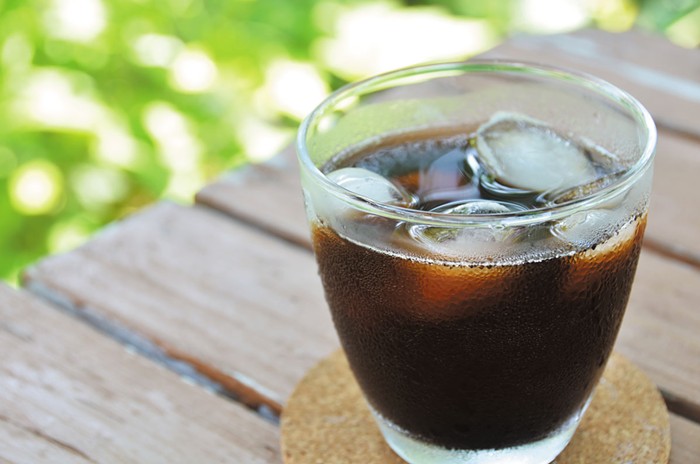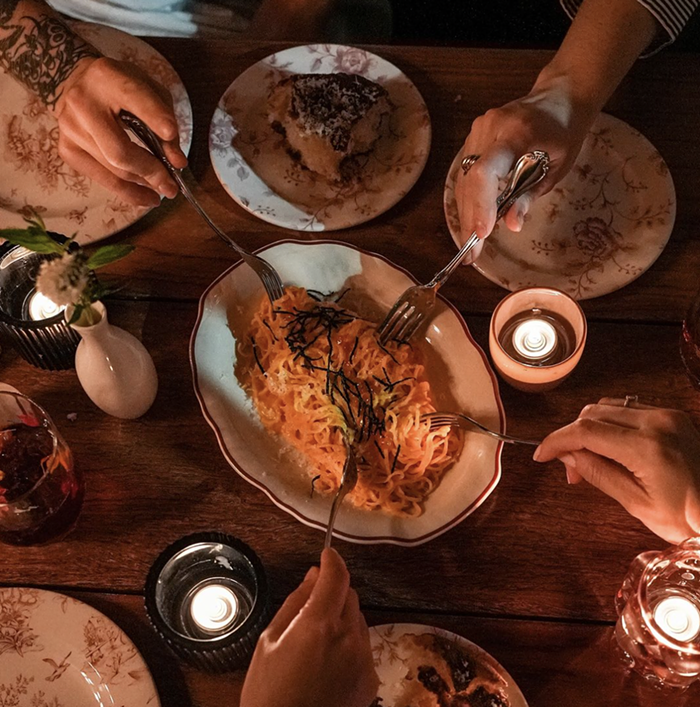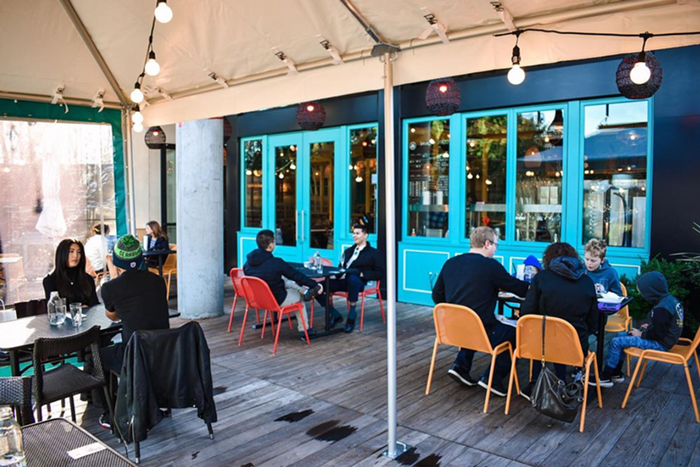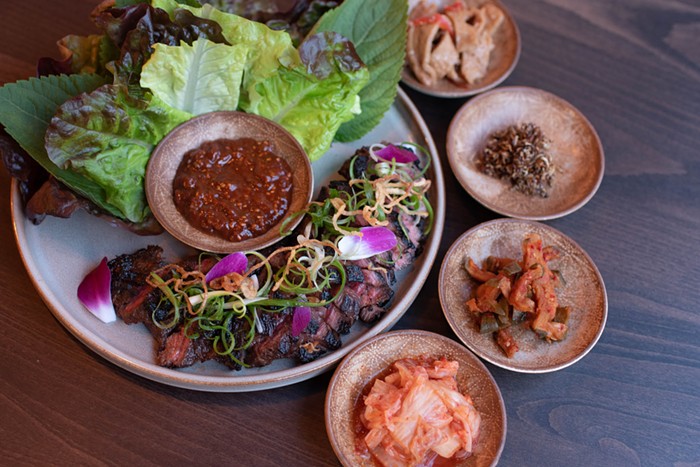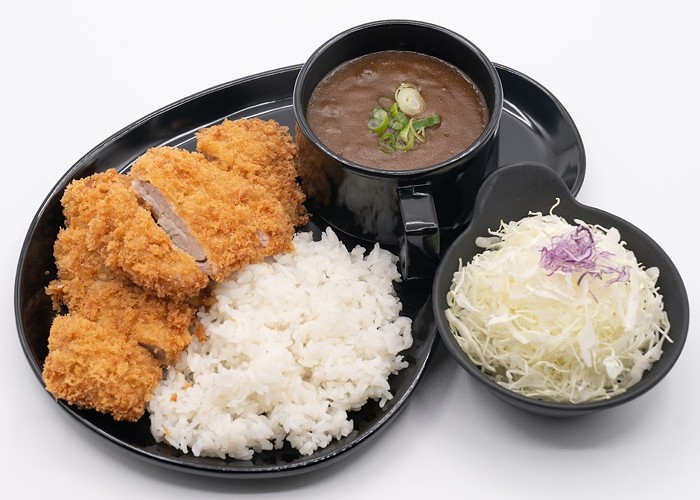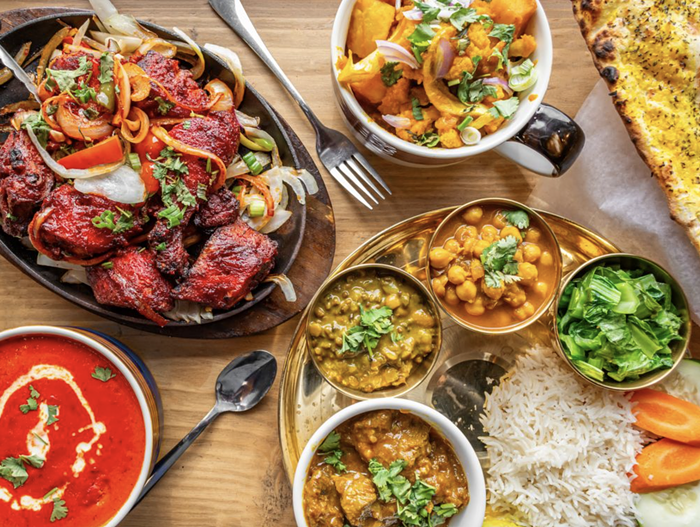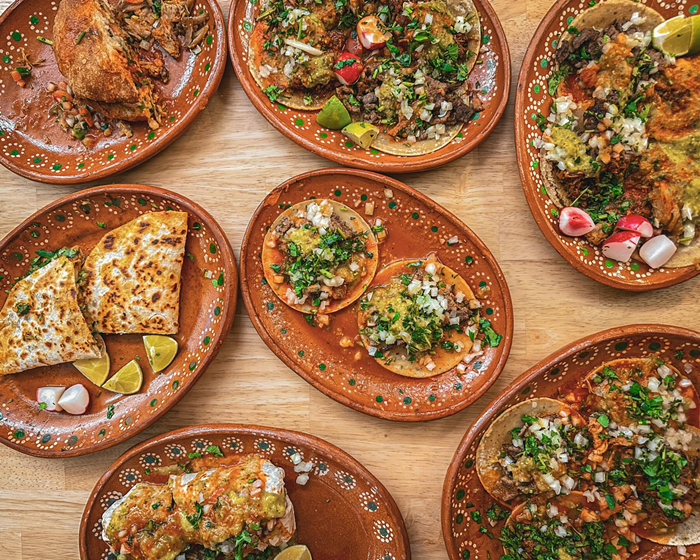"Sometimes I just like my usual espresso drink, but over ice," a friend admits. We're talking about cold brew, the trendiest of coffees, and he looks as if he just confessed to preferring gas-station burritos to his local taqueria. In fact, he's actually in accordance with many baristas and coffee nerds. While cold brew has increasingly taken over much of the cold coffee market—you can now find it in every grocery store and corporate coffee chain in America—coffee connoisseurs see it more as a means to an end than a good way to extract flavor from coffee beans.
Cold brew "usually tastes like a Tootsie Roll," says Jill Killen, the straight-shooting owner of Seattle coffee shops El Diablo, Royal Drummer, and Cloud City Coffee (and a member of the Specialty Coffee Association's brewing committee). Killen's director of coffee, Neil Oney, personally likes cold brew, but he says that not everyone is doing is right.
"With cold brew, you tend to not get the high notes," Oney explains. At Royal Drummer, they use a method called Japanese flash brewing, which involves first "blooming" coffee grounds in hot water, then pouring them over ice water to stop the extraction process, before moving into the traditional cold-brew steep. This draws out subtle flavors and then locks them in.
Even at Anchorhead Coffee, a company that built its brand on cold brew, training manager Ross Bemish admits that most professionals agree that hot coffee is just better. "Cold brew makes for this nice off-hour coffee, for the afternoon or in the car," he says. "It serves a grab-and-go lifestyle." Now that the ready-to-drink market is saturated, the next step in setting Anchorhead apart, Bemish says, is showing people what the company can do with roasting and sourcing.
As Anchorhead expands—they have a flagship location in downtown Seattle and are opening in Issaquah at the end of September—the company is diversifying its approach to coffee and expanding its selection of specialty drinks. They are more like cocktails now, and baristas more like bartenders. Anchorhead uses the cold brew to make a nitrogenated mint latte and concentrates to make a cold-brew colada. "People are leaning into that higher price point," says Bemish, "and baristas are shaking drinks—it's awesome."
Killen agrees, and Royal Drummer's menu also offers a rotating selection of specialty drinks, including the Americola—a coffee/Coke mix that originated in Atlanta—and a blackberry cold brew with house-made blackberry syrup. "We have employees who love to make drinks," Killen says, and she's happy to hand over the creative reins and let them experiment.
Amy Hattemer, the manager of La Marzocco Cafe and Showroom, tells me that each month the cafe has a new "coffee in residence." Hattemer is constantly talking to the world's best coffee producers about how they can best show off their beans, and in these conversations, Hattemer says she doesn't hear much about cold brew, but she does hear about Japanese flash brew. The subtle differences between the two may be lost on customers today, but Hattemer thinks that in the future, coffee will be treated more like beer: People understand the difference between an IPA and a stout, and eventually they'll understand the differences between cold brew and flash brew.
La Marzocco doesn't dictate what should or shouldn't be on the cafe menu, and that means baristas can spend a lot of time explaining what they offer beyond simple cold brew. Sometimes that's the Four Barrel flash brew, pushed by nitrogen, and sometimes it's a specialty drink with espresso, cucumber water, and simple syrup. Still, "customers love cold brew," Hattemer says.
Regardless of what people are drinking, Anchorhead's Bemish appreciates that technique is at the forefront of coffee brewing today. But in the end, he says, it's all about enjoying what you're drinking—whether it's an iced latte with a shot of shame like my friend, a Japanese flash brew, or an exotic specialty drink. "We just try to get adults to drink fun beverages." ![]()
